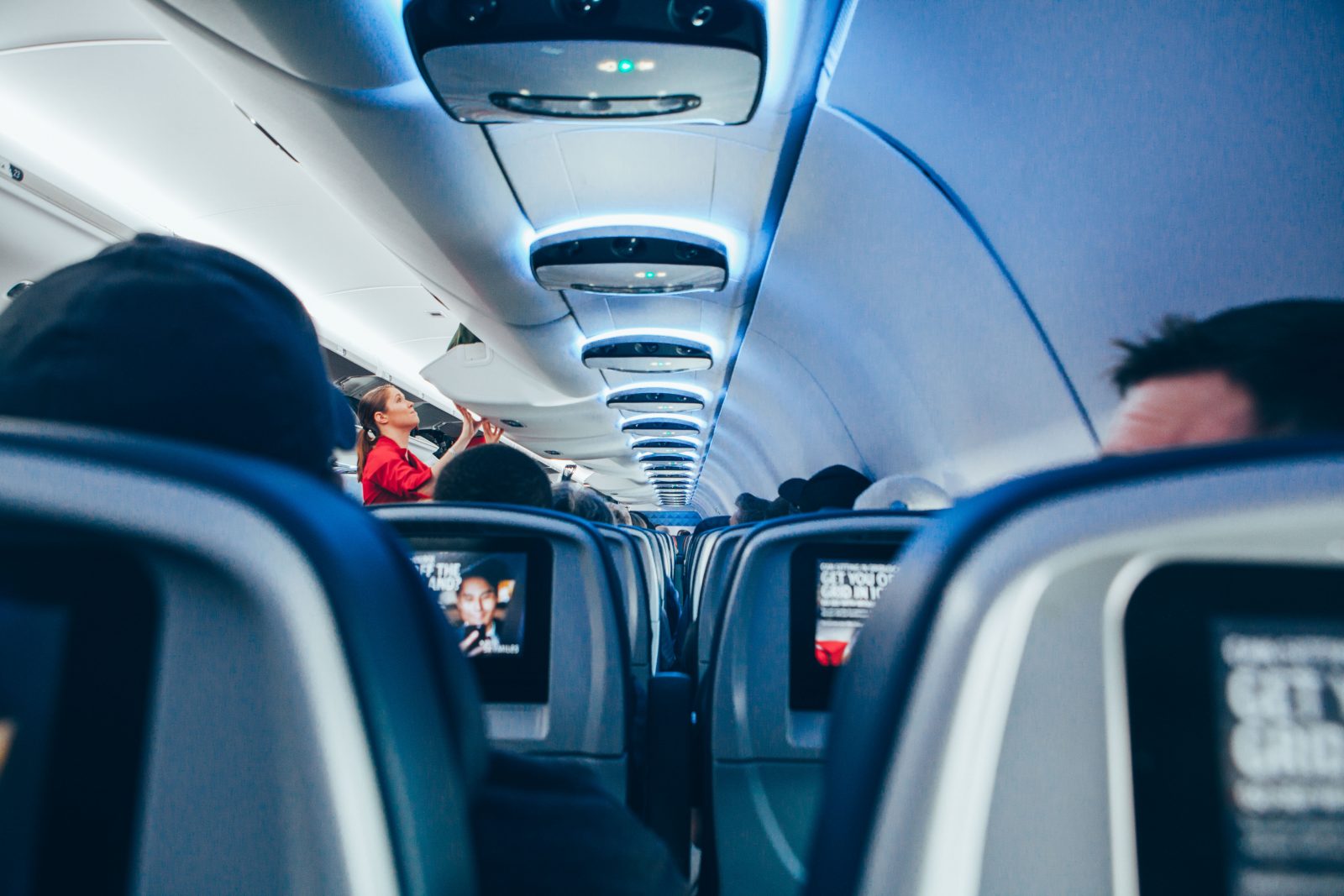
The United States is in the midst of an epidemic – an opioid abuse epidemic. It’s a public health crisis that claims the lives of approximately 130 Americans every single day according to the Centers for Disease Control and Prevention (CDC). That’s more deaths than the number of people killed in car crashes and shockingly, the leading cause of death of Americans under 50.
Thankfully, there’s medication available that can quickly counteract the effects of a heroin overdose. Naloxone is an opioid receptor antagonist that can quickly reverse an opioid overdose and it’s been approved for use in two different medicines by the FDA.
Narcan is the most common – a nasal spray that is sprayed into one nostril and which has been around since 2015. There’s also an autoinjector, similar to an Epipen, that rapidly delivers a single dose of naloxone available under the Evzio brand name. Both are easy to administer and require little to no training.
With an epidemic of this scale gripping America, it’s no surprise that the CDC is advocating for expanded access to lifesaving drugs like Narcan. It’s common for law enforcement agencies to routinely carry the medicine, while many community-based organisations have also made access to Narcan widespread.
But there’s one place where access to Narcan is much more patchy – the skies. At present, airlines aren’t obliged to stock Narcan despite the fact that overdose deaths are occurring on US-based airlines. In July, a young man died of a drug overdose aboard a cross-country Delta Air Lines flight from Boston to Los Angeles.
His death was terrible – found with a needle sticking out of an arm, unconscious and slumped in one of the plane’s lavatories as it made its descent into LAX. Flight attendants and passengers tried to save the man but without access to Narcan it was a futile effort.
Delta has since decided to start stocking Narcan, although it’s not clear when the rollout will be complete. American Airlines has also put Narcan onboard its planes but it can only be administered by a healthcare professional. The drug, meanwhile, can’t be found at all on many other airlines.
So does the law need to change in order to force airlines to stock Narcan? That’s a decision that the FAA is currently mulling after it recently made the decision that, yes, there’s a need to update emergency medical kits to include opioid antagonists. But it’s not a decision that is likely to be made overnight.
“…the FAA would have to evaluate, amongst others, the impact of the regulatory changes on part 121 air carriers that would have to procure new emergency medical kits for their aircraft fleets, dispose or update the old kits, and provide crewmember training and familiarization with the new kits,” the agency said in a letter sent to a group of lawmakers who have been advocating for the rule change.
In the meantime, the FAA says it will now “encourage the expeditious and voluntary inclusion” of drugs like Narcan in the medical kits of all regularly scheduled air carriers in the United States.
“We’re thrilled that the FAA has agreed that responding to opioid overdoses with life-saving medication like naloxone is essential and should be included in Emergency Medical Kits onboard,” commented Sara Nelson, president of the Association of Flight Attendants-CWA, which represents 50,000 flight attendants at 20 airlines across the United States.
Nelson and her union have been advocating for the inclusion of Narcan in emergency medical kits for several years and hopes to work with the FAA to get the rules changed as soon as possible.
Mateusz Maszczynski honed his skills as an international flight attendant at the most prominent airline in the Middle East and has been flying ever since... most recently for a well known European airline. Matt is passionate about the aviation industry and has become an expert in passenger experience and human-centric stories. Always keeping an ear close to the ground, Matt's industry insights, analysis and news coverage is frequently relied upon by some of the biggest names in journalism.







